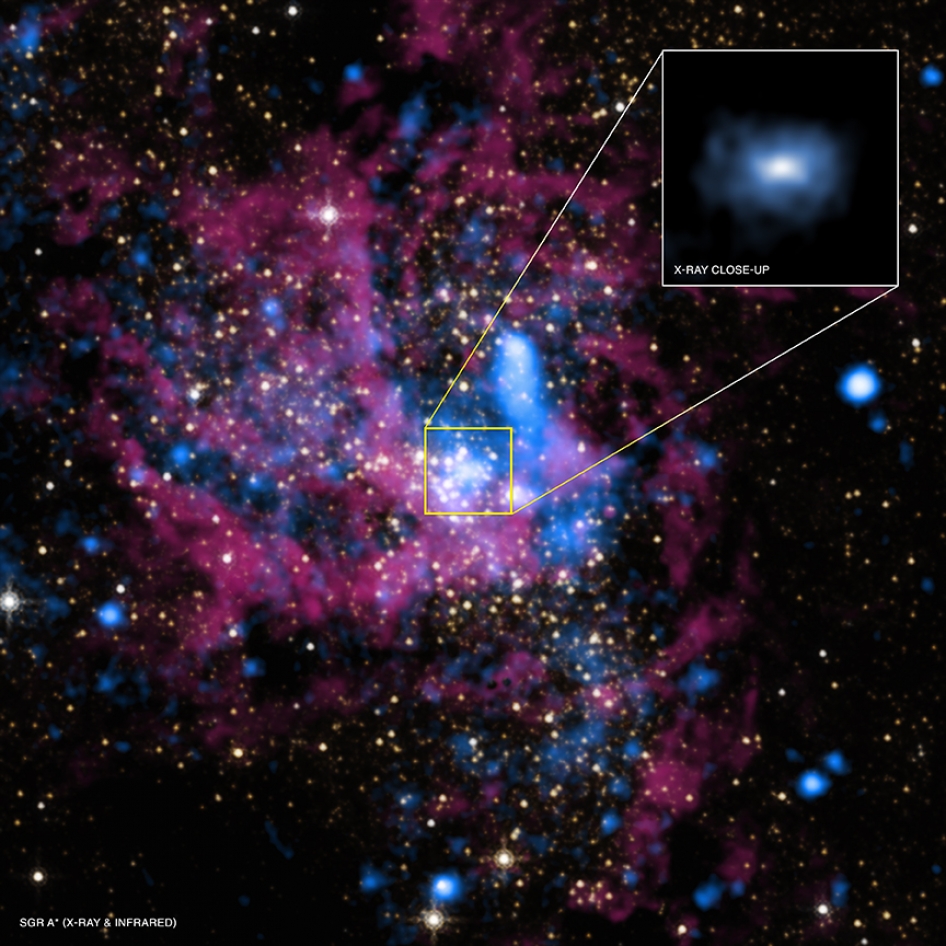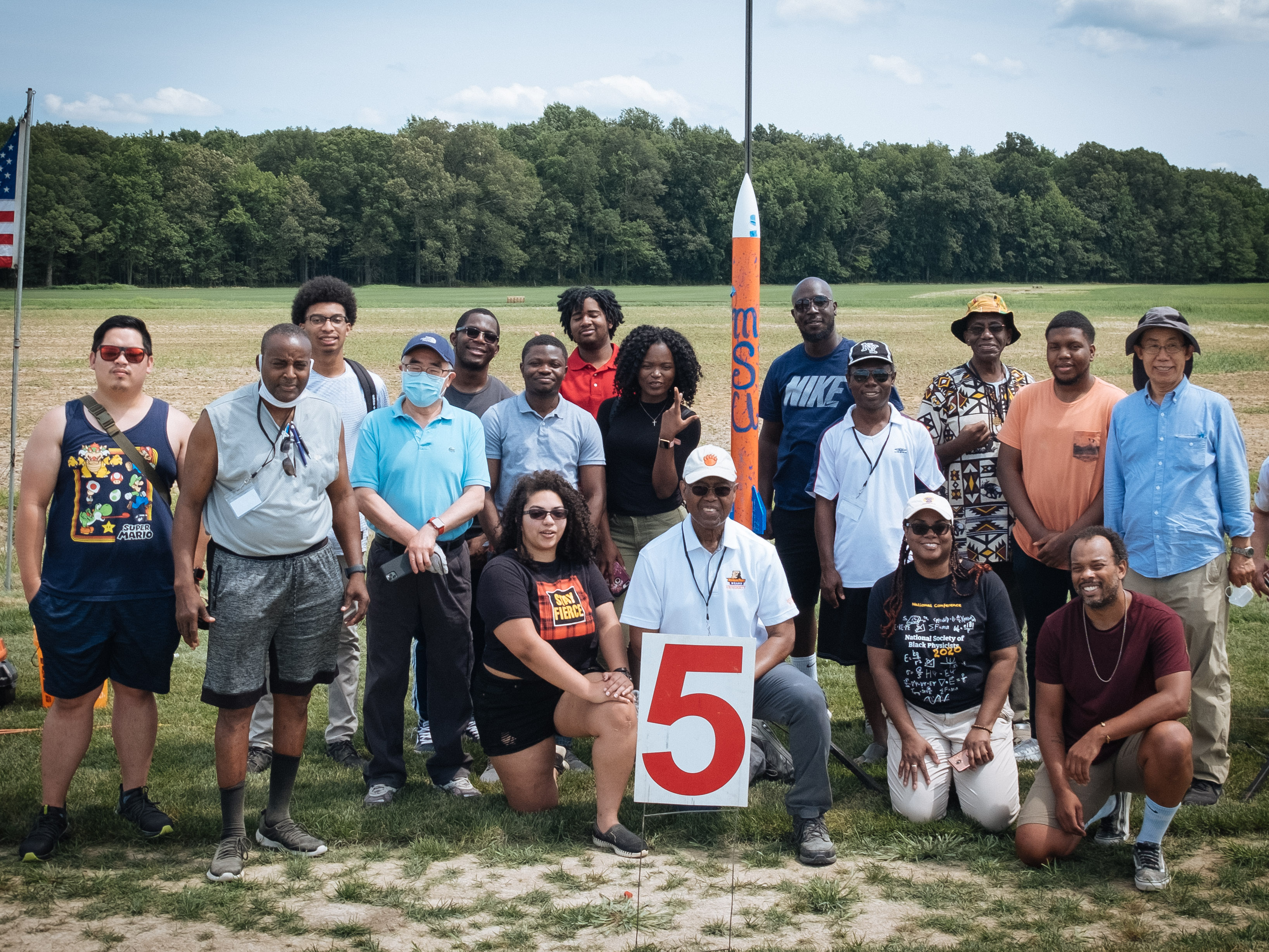Webb Telescope’s Marcia Rieke Awarded Catherine Wolfe Bruce Gold Medal
Dr. Marcia Rieke, principal investigator for the Near-Infrared Camera on NASA’s James Webb Space Telescope is the Astronomical Society of the Pacific’s (ASP) 2023 recipient of its most prestigious award. ASP’s Catherine Wolfe Bruce Gold Medal honors Rieke, a Regents Professor of astronomy and Elizabeth Roemer Endowed Chair, Steward Observatory, at the University of Arizona. […]
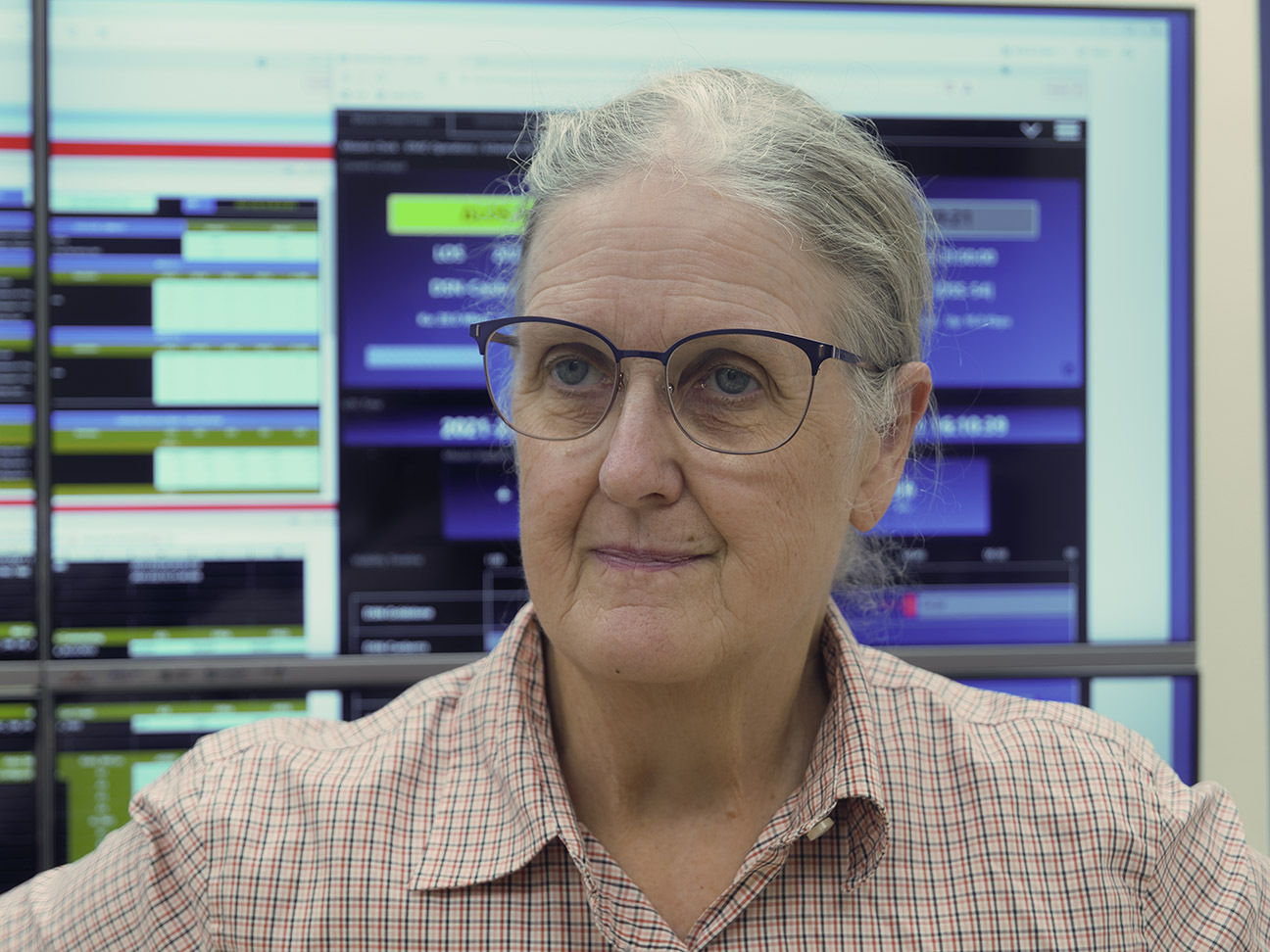
4 min read
Webb Telescope’s Marcia Rieke Awarded Catherine Wolfe Bruce Gold Medal
Dr. Marcia Rieke, principal investigator for the Near-Infrared Camera on NASA’s James Webb Space Telescope is the Astronomical Society of the Pacific’s (ASP) 2023 recipient of its most prestigious award. ASP’s Catherine Wolfe Bruce Gold Medal honors Rieke, a Regents Professor of astronomy and Elizabeth Roemer Endowed Chair, Steward Observatory, at the University of Arizona. Rieke’s award and achievements will be recognized at the ASP Awards Gala on Saturday, Nov. 11, in Redwood City, California.
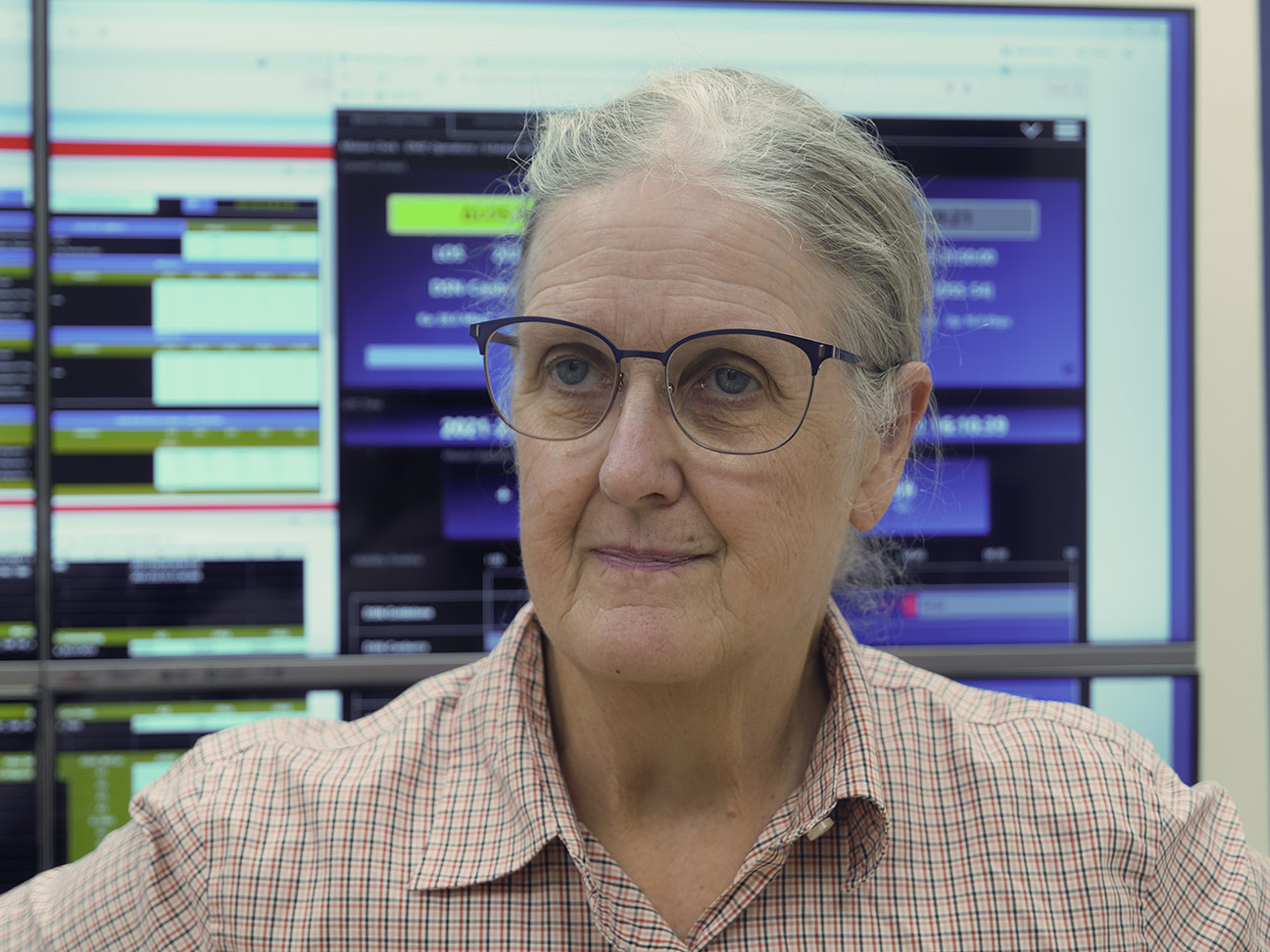
Groundbreaking Contributions
Rieke’s research has focused on infrared observations of the center of the Milky Way and high redshift galaxies in the early universe. Rieke is considered by many to be one of the “founding mothers of infrared astronomy,” and it is for her groundbreaking contributions to astronomical research at these wavelengths that she is being recognized and celebrated.
“I owe a debt of gratitude to my team that made all this possible. I am humbled that I’m on a list that includes the founders of infrared astronomy, Gerry Neugebauer and Frank Low,” said Rieke.
Rieke served as deputy principal investigator for the Near Infrared Camera and Multi-Object Spectrometer (NICMOS) on NASA’s Hubble Space Telescope and co-investigator for the multiband imaging photometer on NASA’s retired Spitzer Space Telescope. Rieke was also involved with several infrared ground-based observatories, including the Multiple Mirror Telescope Observatory in Arizona.
Rieke’s nominators credit her leadership for the success of Webb’s Near-Infrared Camera (NIRCam). As one of her nominators stated, “NIRCam was the Webb program’s most challenging instrument development effort. The instrument’s outstanding performance is due largely to the outstanding performance of its principal investigator. Marcia’s consistent focus, diligence, and ‘lead from the front’ approach under extremely difficult technical and programmatic circumstances presents an example for others to follow.”
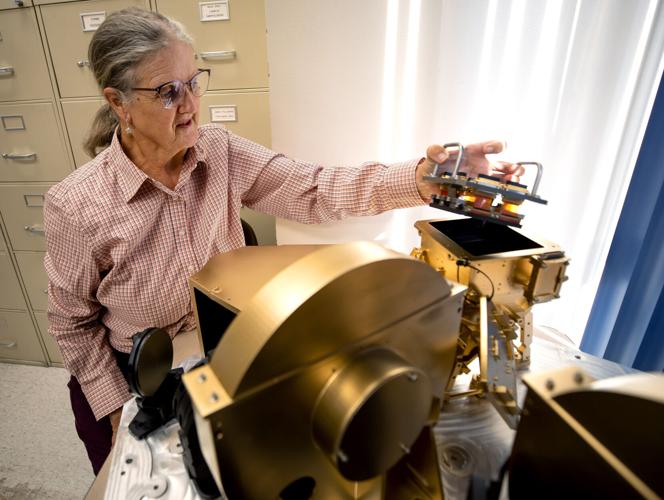
Rieke has authored 310 refereed publications, which have over 30,000 citations. Her deep knowledge and expertise were put into service as vice chair for program prioritization for the Astro 2010 Decadal Survey Committee’s report, “New Worlds, New Horizons.” Her landmark contributions to astronomical research and instrument development, as well as her service to public policy and public outreach, have been recognized nationally. She was elected a fellow of the American Academy of Arts and Sciences in 2007, a fellow of the National Academy of Sciences in 2012, and a legacy fellow of the American Astronomical Society in 2020. Rieke has also been the recipient of numerous prestigious awards, including the NASA Distinguished Public Service Medal in 2023 for her contribution to the field of astronomy and key role in the development of cutting-edge instruments for Webb.
About the Catherine Wolfe Bruce Gold Medal
ASP is an international non-profit scientific and educational organization, founded in 1889, that works to increase understanding and appreciation of astronomy.
The Catherine Wolfe Bruce Gold Medal is the organization’s highest award given annually to a professional astronomer in recognition of a lifetime of outstanding achievement and contributions to astrophysics research. It was established by Catherine Wolfe Bruce, an American philanthropist and patroness of astronomy.
The James Webb Space Telescope is the world’s largest, most powerful, and most complex space science telescope ever built. Webb is solving mysteries in our solar system, looking beyond to distant worlds around other stars, and probing the mysterious structures and origins of our universe and our place in it. Webb is an international program led by NASA with its partners, ESA (European Space Agency) and the Canadian Space Agency.
For more information about NASA’s Webb telescope visit: www.nasa.gov/webb
Media Contact
Rob Gutro
NASA’s Goddard Space Flight Center, Greenbelt, Maryland
Discover More Topics From NASA


























